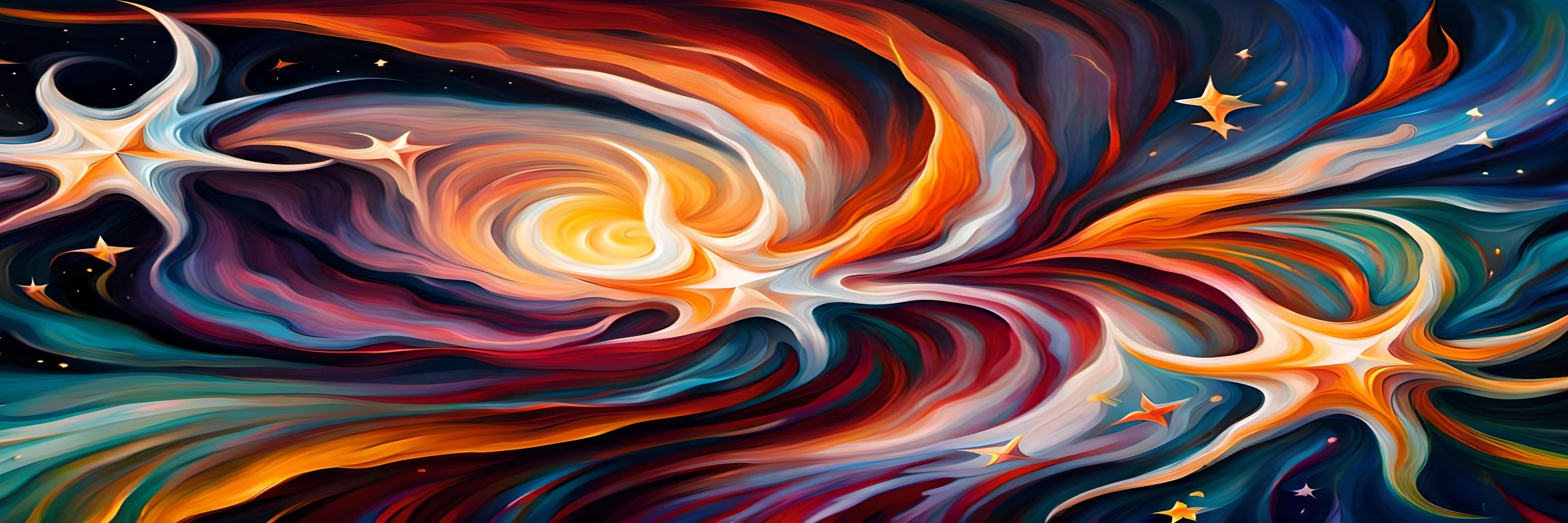Multiwavelength ElectroMagnetic ProtoStar-Cluster Formation - AI Generated Artworkcreator.nightcafe.studio AI Art Generator App. ✅ Fast ✅ Free ✅ Fun. Create amazing artworks using artificial intelligence.
Millennium
A Thousand-fold refinement in our EM-Field Mapping of Creation in Electrons, Protons, DiProtons, Alphas, Astrospheres, Cluster/Streams, Galaxies — Filaments All
https://creator.nightcafe.studio/u/Millennium
https://creator.nightcafe.studio/u/Millennium
Erstmals stellare Winde von drei sonnenähnlichen Sternen erfasstmedienportal.univie.ac.at Astrophysiker*innen konnten den Masseverlust von Sternen über ihre Sternenwinde quantifizieren
NASA’s Webb Captures Celestial Fireworks Around Forming Star - NASA Sciencescience.nasa.gov The colors within this mid-infrared image reveal details about the central protostar’s behavior. The cosmos seems to come alive with a crackling explosion of pyrotechnics in this new image from NASA’s...
2023 McCrea Lecture: 'The Era of Multi-Messenger Astronomy'www.ria.ie Astronomer Gregg W. Hallinan in association with the Astronomical Society of Ireland will deliver this year's McCrea lecture, which is in honour of Sir William McCrea MRIA (1904-1999), an eminent and ...
Gaia Skycodeberg.org An open source 3D universe simulator with support for more than a billion objects.
Ahnenforschung bei Sternen: Viele nahegelegene Sternhaufen stammen von nur drei "Familien"medienportal.univie.ac.at Supernova-Explosionen aus der Entstehungsgeschichte dieser Familien hinterließen auch Spuren auf der Erde
